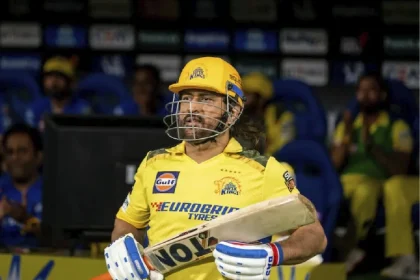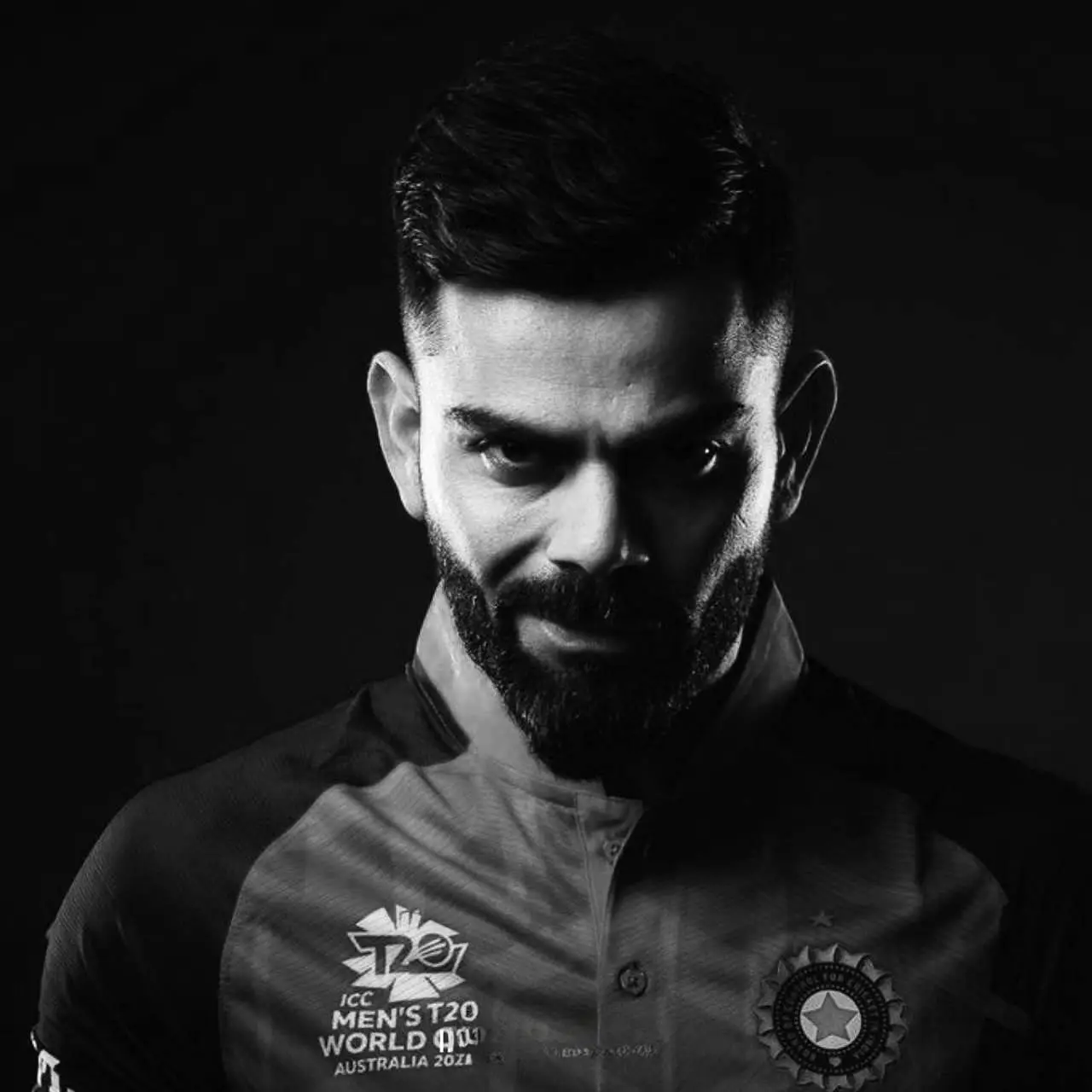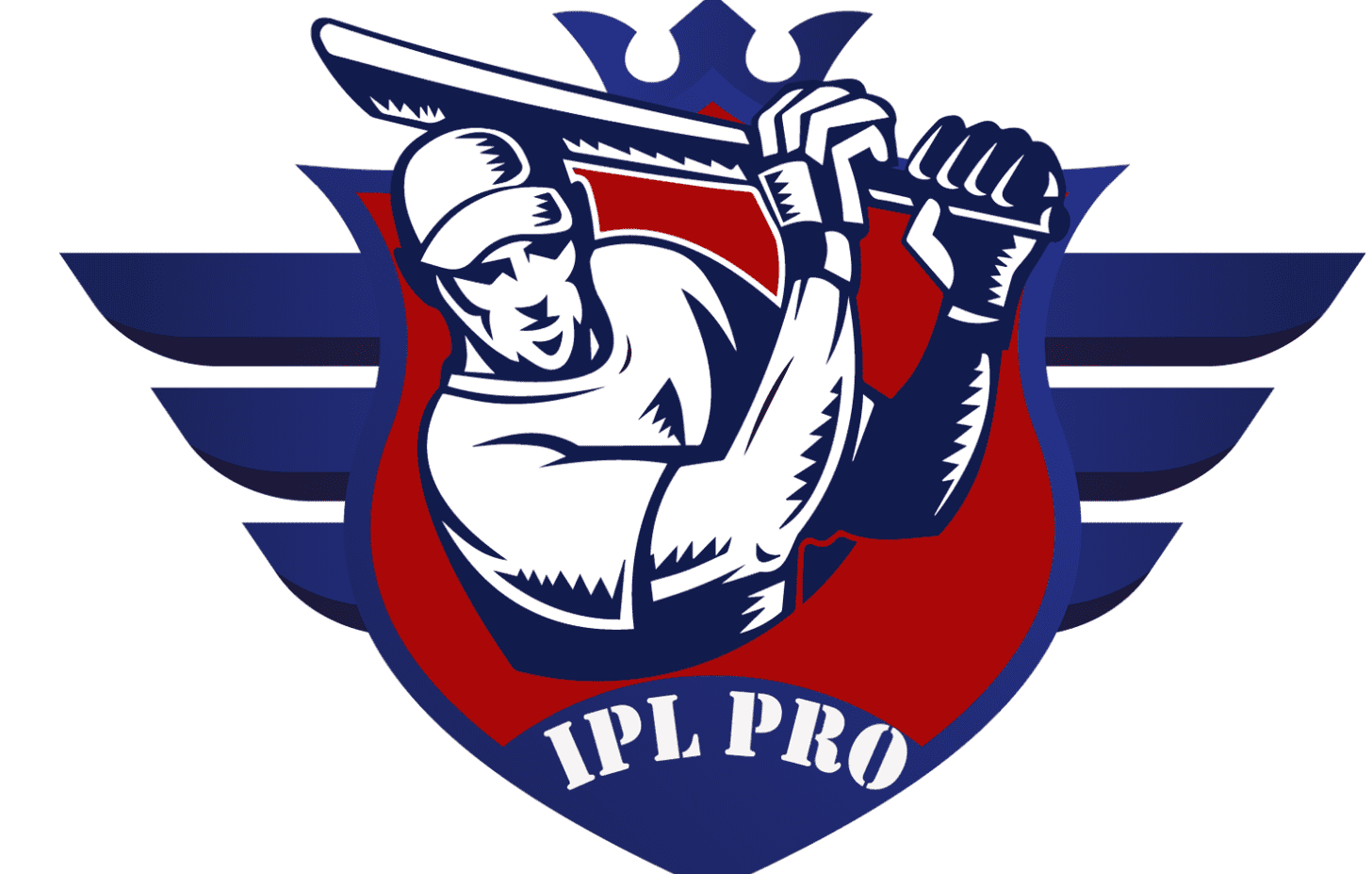Cricket is a sporting activity that is abundant in data, and among the vital metrics used to determine a gamer’s efficiency in racking up runs is the strike price. Whether you’re a follower of the sporting activity or a gamer seeking to enhance your video game, recognizing the principle of strike price is crucial. In this post, we will certainly explore the importance of what is strike rate in cricket, describe just how it is computed together, and offer instances of gamers with impressive strike prices. So, let’s get going!
Discover related Content: IPL 2024: WHO WILL WIN THE TITLE? TODAY’S IPL MATCH PREDICTION
What is Strike Rate in Cricket?
The strike rate in cricket is an analytical action used in cricket to review the efficiency of batters and bowlers. It stands for the ordinary variety of runs racked up or gates taken by a gamer per 100 rounds encountered or bowled. Put, strike rate mirrors the racking up cost of a batsman or the efficiency of a bowler in taking arches.
Discover related Content: IPL KINGS: BIG HITTERS – WITH MOST SIXES IN IPL
The concept of strike rate, a term that originated with the advent of limited-overs cricket, particularly One Day Internationals (ODIs), where scoring runs quickly became a crucial aspect of the game. This metric, strike rate, is now used in all formats of the game, including Test matches, to evaluate player performance.
Discover related Content: BHUVNESHWAR KUMAR NET WORTH: A CLOSER LOOK AT THE INDIAN CRICKETER’S WEALTH
Understanding Batting: What is Strike Rate in Cricket
To calculate the batting strike rate, you need to divide the total number of runs scored by a batsman by the number of balls faced and then multiply the result by 100. The formula for calculating batting strike rate is as follows:
Batting Strike Rate = (Total Runs / Total Balls Faced) * 100
For example, if a batsman has scored 500 runs in 600 balls faced, the calculation would be:
Batting Strike Rate = (500 / 600) * 100 = 83.33
This means the batsman has a strike rate of 83.33.
Discover related Content: CSK VS LSG: THE ULTIMATE BATTLE FOR IPL TITLE
Batsmen with Impressive Career Strike Rates
Throughout the background of cricket, a number of batters have actually attained remarkable job strike prices, showcasing their capability to rack up runs swiftly plus control the resistance. Let’s have a look at some significant instances:
Shahid Afridi: Known for his eruptive batting style, Shahid Afridi holds the record for the highest possible occupation strike price in ODIs, with a remarkable strike price of 117.00. Afridi’s hostile method and big-hitting capability made him a fearsome batsman in limited-overs cricket.
Andre Russell: The West Indian all-rounder Andre Russell is renowned for his power-hitting abilities. With an occupation strike price of 130.22 in ODIs, Russell has regularly presented his capacity to rack up runs in a fast lane.
Discover related Content: CSK GLORY: PLAYERS, STATS, CAPTAIN AND RECORDS
AB de Villiers: South African batting natural-born player AB de Villiers is recognized for his ingenious stroke play and capacity to rack up runs around the ground. With a job strike price of 101.09 in ODIs, de Villiers has actually been a leading pressure in limited-overs cricket.
Virender Sehwag: One of India’s most damaging openers, Virender Sehwag, had an occupation strike price of 104.33 in ODIs. Sehwag’s hostile batting design and capacity to rack up boundaries at will certainly made him a headache for bowlers.
These are not just a few examples of batsmen who have excelled in terms of strike rate. Their ability to score runs quickly has not only made them valuable assets to their respective teams but also serves as an inspiration for aspiring players.
Discover related Content: IPL TICKETS GUIDE: HOW TO SECURE YOUR SEAT!
The Context of Strike Rate in Different Formats
It’s important to reiterate that the context of strike rate varies between different game formats. In Test cricket, where the focus is on building innings and occupying the crease for extended periods, the strike rate is less significant than in limited-overs cricket. This understanding is crucial for cricket fans, players, and coaches to fully comprehend the game.
In ODIs and T20 Internationals, where the goal is to score runs quickly, strike rate becomes a crucial factor in player selection. Batsmen with high strike rates are often sought after in these formats as they can provide quick runs and also put pressure on the opposition.
Discover related Content: MUMBAI INDIANS: PLAYERS, STATS, CAPTAIN AND AWESOME RECORDS
Understanding Bowling: What is Strike Rate in Cricket
While strike price is frequently related to batting, it is likewise relevant to bowlers. Bowling strike price measures a bowler’s efficiency in taking arches. It is determined by dividing the total number of rounds bowled by the number of gates taken.
The formula for calculating bowling strike rate is as follows:
Bowling Strike Rate = (Total Balls Bowled / Total Wickets Taken)
For instance, if a bowler has bowled 1000 balls and taken 50 wickets, the calculation would be:
Bowling Strike Rate = 1000 / 50 = 20
This means the bowler has a strike rate of 20, indicating that they take a wicket every 20 balls.
Discover related Content: RAJASTHAN ROYALS INSIGHTS: PLAYERS, CAPTAINS, STATS GLIMPSE
Bowlers with Exceptional Career Strike Rates
Equally, as some batsmen have excellent strike prices, there are additionally bowlers that have actually succeeded in regards to taking arches promptly. Right here are a couple of instances of bowlers with remarkable job strike prices:
Dennis Lillee: Considered among the best quick bowlers of perpetuity Australian tale, Dennis Lillee had a job strike price of 52.00 in Test cricket. Lillee’s capability to constantly take gates made him a headache for resistance batters.
Waqar Younis: The Pakistani speed ace Waqar Younis had an occupation strike price of 43.40 in Test cricket. His dangerous turnaround swing and yorkers made him an awesome bowler in all situations.
Discover related Content: SUNRISE HYDERABAD MYSTERY: PLAYERS, RECORDS & HIGHLIGHTS
Muttiah Muralitharan: The Sri Lankan spin wizard Muttiah Muralitharan holds the document for the most gates in Test cricket. With a job strike price of 55.00, Muralitharan was a master of fraud and also spin, a complicated batsman with the capacity to transform the round powerfully.
These bowlers, amongst numerous others, have actually left a long-lasting impact on video games with their capacity to take gates regularly and at a quick price.
Discover related Content: ROYAL CHALLENGERS BANGALORE LEGENDS: PLAYERS, STATS, RECORDS
Conclusion
Understanding strike rates is not just a necessity for cricket enthusiasts, players, and coaches, but it also adds a thrilling element to the game. It reveals how quickly a player scores runs or takes wickets. Whether it’s Shahid Afridi’s aggressive batting or Dennis Lillee’s lethal bowling, the strike rate is crucial for assessing performance. As cricket evolves, strike rate remains vital for evaluating a player’s impact. So, the next time you watch a match, pay attention to strike rates– they add excitement and help appreciate players who excel in this aspect of the game.
Discover related Content: TOP 5 HIGHEST INDIVIDUAL SCORES BY INDIAN BATTERS IN IPL
FAQ
1 What is a good strike rate in Test cricket?
In Test cricket, where the focus is on building innings, a term that refers to a player’s turn to bat or bowl, and occupying the crease for extended periods, the strike rate is less significant than in limited-overs cricket. Generally, a strike rate over 50 is considered good for batters in Test cricket.
2 Who has the highest batting strike rate in T20 cricket?
Romania’s Ramesh Satheesan holds the most excellent batting strike price in T20 Internationals (T20Is) with a strike price of 181.66.
3 Who has the best strike rate in the Indian Premier League (IPL)?
Among players who have played more than 25 IPL matches, West Indian all-rounder Andre Russell has the highest job strike rate of 181.26.










